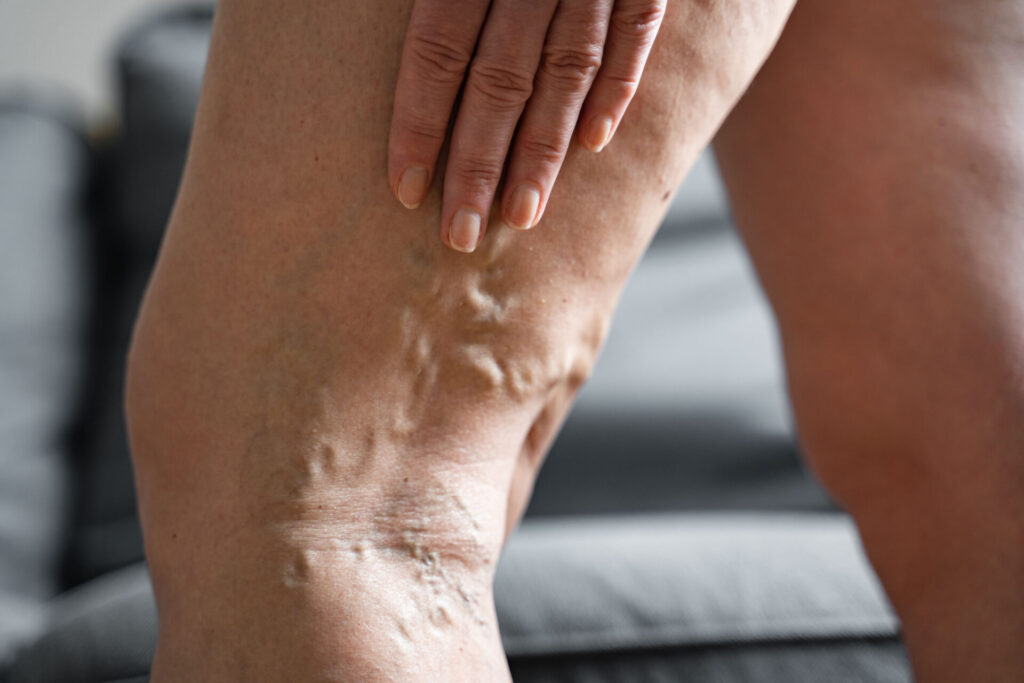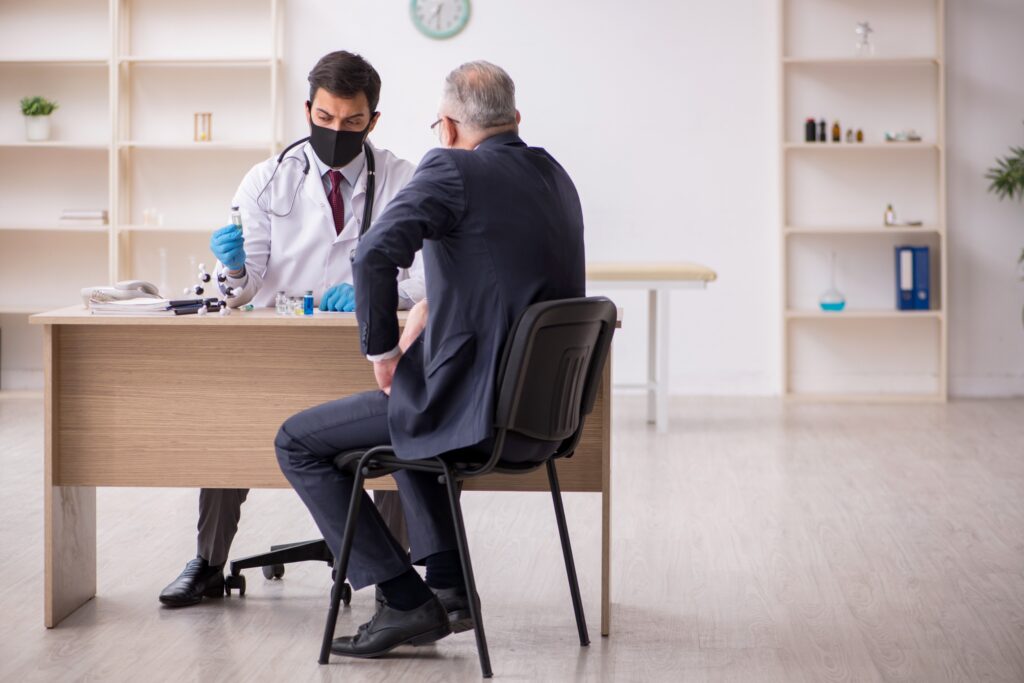This post may contain affiliate links, which means if you enroll through my link, I’ll receive a small commission at no extra cost to you.

Varicose veins are common — and while they can cause discomfort, many people also want to treat them for cosmetic reasons.
But before scheduling a procedure, one of the biggest questions is: How much does varicose vein treatment cost without insurance?
Average Varicose Vein Treatment Cost (2025)
In 2025, varicose vein treatment costs between $300 and $600 per session for those paying out of pocket.
If you need multiple sessions, expect to spend $1,000 or more.
More advanced procedures can range from $1,200 up to $15,000, depending on the method and location.
Let’s break down what varicose veins are, your treatment options, and what each one costs without insurance.
What Are Varicose Veins?
Varicose veins occur when the valves in your veins weaken or get damaged.
This causes blood to pool or flow backward, making veins appear enlarged, twisted, or bulging — often in the legs.
Common Symptoms
Varicose veins don’t always hurt, but symptoms can include:
- Aching, throbbing, or heaviness in the legs
- Swelling in the lower legs
- Itching or burning sensations
- Visible blue or purple veins
- Cramps or pain after standing or sitting for long periods
The Six Stages of Varicose Veins
- Stage 1 – Spider Veins: Small, reddish-purple veins visible on the skin’s surface.
- Stage 2 – Enlarged Veins: Veins become swollen, twisted, and more visible. Legs may feel heavy or tired.
- Stage 3 – Swelling (Edema): Fluid builds up in the legs and ankles. Elevation helps temporarily.
- Stage 4 – Skin Changes: Skin becomes discolored or leathery due to poor circulation.
- Stage 5 – Healed Ulcers: Itchy or painful ulcers form and may leave scars.
- Stage 6 – Active Ulcers: Open venous ulcers develop, often painful and slow to heal.
Early treatment can help prevent varicose veins from progressing to later stages.
What Causes Varicose Veins?
Several factors can increase your risk of developing varicose veins:
- Aging
- Pregnancy
- Obesity
- Prolonged sitting or standing
- Family history of vein problems
- Hormonal changes (especially in women)
Varicose Vein Treatment Options (and Costs in 2025)
Here’s an overview of the most common varicose vein treatments and their average 2025 prices for self-pay patients.
1. ClosureFast (Radiofrequency Ablation)
- Average Cost: $3,000 – $5,500
- How it works: Uses radiofrequency heat to close large veins, rerouting blood flow to healthier veins.
- Recovery: Minimal downtime; mild bruising or tenderness possible.
2. VenaSeal
- Average Cost: $3,500 – $6,000
- How it works: A medical-grade adhesive seals off affected veins without heat or anesthesia.
- Benefits: Less risk of skin burns or nerve damage; often done in under an hour.
3. Varithena
- Average Cost: $2,000 – $3,500
- How it works: Foam is injected into the vein to close it off, redirecting blood flow.
- Best for: Smaller varicose veins or cases where surgery isn’t needed.
4. Sclerotherapy
- Average Cost: $300 – $600 per session
- How it works: A chemical solution is injected into small veins, causing them to collapse and fade.
- Sessions Needed: Usually several treatments for full results.
How to Lower the Cost of Varicose Vein Treatment Without Insurance
If you’re paying out of pocket, here are ways to make treatment more affordable:
1. Ask About Payment Plans
Many vein clinics and dermatology offices offer monthly payment options so you can pay over time instead of all at once.
2. Use a Flexible Spending Account (FSA) or Health Savings Account (HSA)
If available through your employer, these accounts allow you to use pre-tax dollars for medical expenses, including varicose vein treatments.
3. Negotiate the Price
If you’re a self-pay patient, ask for a cash discount or self-pay rate. Some clinics will reduce the price by 10–30% for upfront payment.
Prevention Tips: How to Avoid Varicose Veins
While genetics play a role, certain habits can reduce your risk:
- Maintain a healthy weight: Less pressure on your veins means better circulation.
- Exercise regularly: Activities like walking, swimming, or cycling help improve blood flow.
- Avoid long periods of sitting or standing: Take breaks to move around or elevate your legs.
- Wear compression stockings: These can help improve circulation and prevent swelling.
Compression socks typically cost $20–$40 and are available online or at most pharmacies.
Recovery Costs After Treatment
Most people return to normal activity within a day or two after treatment, but you may have minor expenses during recovery:
| Item | Estimated Cost | Purpose |
|---|---|---|
| Compression bandages | $15 – $30 | Reduce bruising and swelling |
| Easy-to-digest foods | $20 | Helpful if you feel nauseous after treatment |
| Follow-up visit | $100 – $250 | To ensure veins are healing properly |
Final Thoughts
The cost of varicose vein treatment without insurance can range from $300 for minor sclerotherapy to $6,000 or more for advanced procedures.
While treatment can be expensive, you can manage costs through payment plans, negotiation, or FSA/HSA funds.
If your varicose veins are painful or worsening, don’t delay getting help — early treatment is usually more affordable and less invasive.
Even simple changes like regular exercise and compression stockings can make a big difference in your leg health and comfort.
Health shares are not insurance and do not offer insurance coverage. Membership in a health share does not guarantee the payment or reimbursement of medical expenses. Each organization operates under its own membership guidelines, which determine what expenses may be eligible for sharing. This publication is for informational purposes only and is not provided by an insurance company. For state-specific notices and full program details, please visit the respective health share’s official website.





Leave a Reply